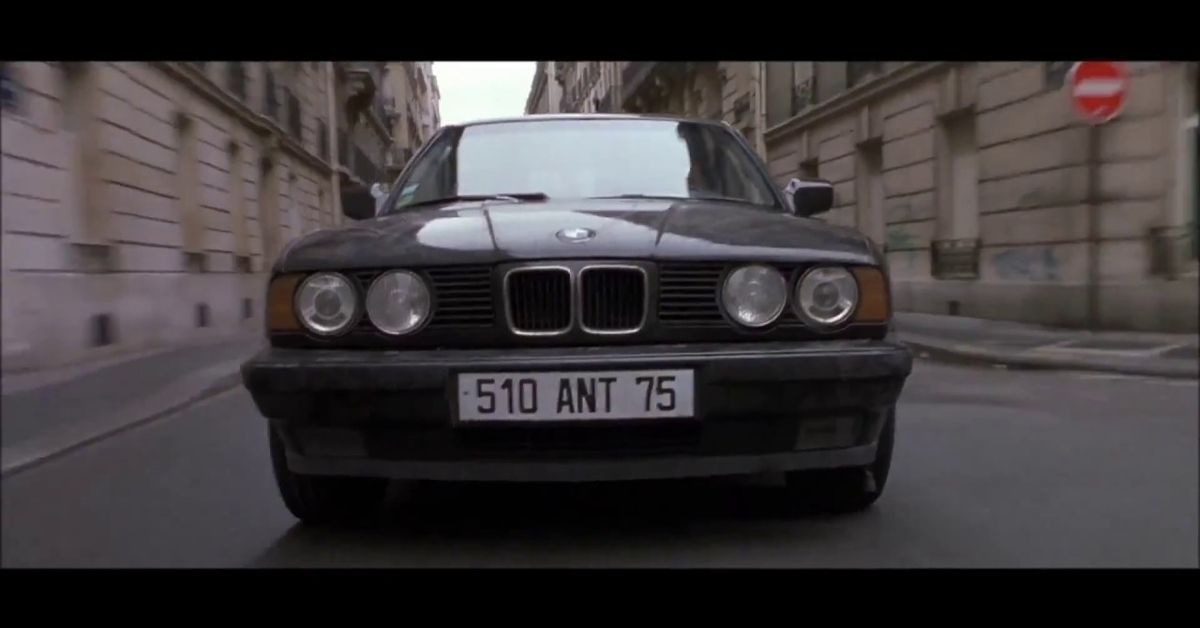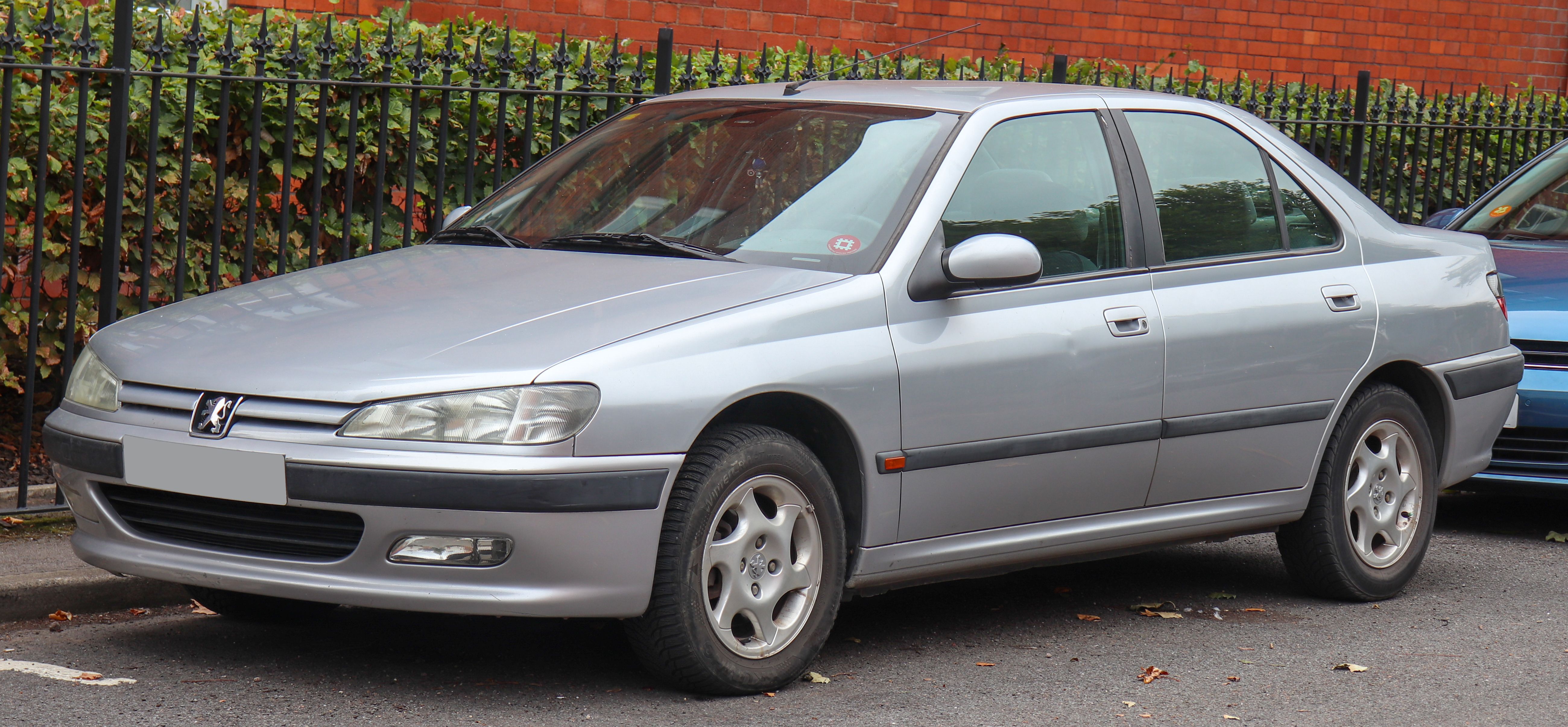When the topic of car movies comes up, certain films are always mentioned. The Fast & Furious franchise will be in the list as much for what it gets wrong as what it gets right. Bullitt is on it for redefining the big screen car chase with its 10-minute race through the streets of San Francisco.
The Bond movies will probably come up because of the myriad of gorgeous cars they feature, from Aston Martins to Sunbeams, Toyotas, BMWs and Fords. But one movie is often forgotten.
Ronin, the 1998 action thriller directed by John Frankenheimer, is a criminally underrated film. With a star studded cast including Robert De Niro, Jean Reno, and Sean Bean, an edge-of-your-seat plot filled with twists and turns, and the perfect blend of action and suspense, it's a wonder why it has slipped under the radar.
In fact, you'd be forgiven for never having even heard of it. Despite being a sleeper at the box office, though, Ronin is well worth a watch, especially for car fans.
Read on to find out why the likes of DriveTribe and Autoweek have hailed it as having one of the greatest car chase sequences of all time.
The Scene
Ronin features two great chases. The first, a mad dash through Nice, France is thrilling, but the second is really the highlight of the film. It takes place in Paris, a gorgeous backdrop for any film sequence but an especially interesting one for a car chase.
It is always difficult to film in any large metropolis. Even worse, Paris's laws governing filming are some of the stricter ones, and the traffic there is notorious. In fact, the INRIX France Traffic Scorecard lists Paris as having the worst traffic in the country, costing drivers about 70 hours of wasted time per year. When conditions are already that bad, it can be difficult to convince city officials to close down large stretches of road for a movie. Still, Frankenheimer managed to get several locations closed down for use in the movie.
The result is some beautiful scenery and thrillingly tight streets. In the beginning of the chase, for instance, a BMW peels out of a parking spot and barely has space on the narrow one way street between vans and sedans parked on both the left and right curbs. Turns are tight, often around corners that are sharper than 90 degrees, and instances of tires hopping onto sidewalks abound.
The Cars
The cars in the Paris chase are all fast, which is of course a necessity in a good movie chase sequence. However, they aren't your usual glitzy, glamorous supercars or roaring muscle cars. There isn't any spy gadgetry or high tech wizardry.
Instead, there are the undoubtedly cool but very understated BMW M5 and Peugeot 406, chosen, like all the vehicles in the film, specifically by Frankenheimer. (The director was a major gearhead, always a good sign for a car chase, and had previously directed the 1966 film Grand Prix.)
A big part of what makes this sequence so great is that these cars aren't exotic. They are the kind of thing you could expect to see all over the city. Alongside the satisfaction of seeing a sleeper sedan roar to life in fantastic fashion, the cars are also attainable, and that's exciting. There is something much more relatable about them, something which draws the view in.
This really helps sell the realism of the chase and the movie as a whole, too. The plain sedans fit in rather than standing out, much more fitting for the film's characters who generally aim to avoid attention. This sense of realism helps build the tension so that the outbreak of action is explosive and exciting.
The Action
Of course, when that action comes, it also uses realism to great effect. The chase itself is gritty and brutal, much like Bullitt's famous chase. It is also devoid of background music, using the screeching of tires and the roaring of engines to great effect like Bullitt. Unlike that film, though, Ronin's chase sequences aren't sped up. The cars really are being driven at their limits, and the speed you see on screen is real.
In fact, all of it is real. There's none of the CGI that has come to dominate contemporary car chases. Even Robert De Niro's facial expressions are genuine. While DriveTribe dismisses his reactions as bad acting, he wasn't acting at all. According to CarBuzz, he was riding along in the passenger seat of a right hand drive car with a fake steering wheel in front of him.
Behind the real wheel was Formula 1 driver Jean-Pierre Jarier. As the professional racer weaved around traffic, De Niro truly didn't know what to expect from cars swerving out of the way or braking at the last second before impact.
All of this excitement is elevated by the filming. Low angles make up many of the shots, giving the scene a visceral quality. Frankenheimer makes frequent use of cameras mounted on bumpers to great effect. Sometimes the camera is on the front bumper of the car in the scene to give its point of view, turning the vehicle itself into a character.
Perhaps one of the most gripping angles, though, is when the camera is on the rear bumper of a filming car and pointed right up at the grill of the BMW as it barrels down the road.
All this on top of four wheel drifts around corners (the skidding of a car pushed to the edge of its performance rather than a Fast and Furious style handbrake turn for strictly visual effect), near collisions with trucks, and flying through tunnels makes Ronin's Paris chase one of the best on the big screen.



